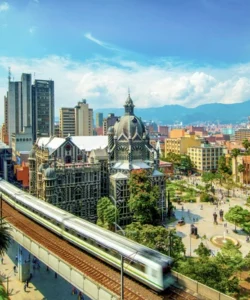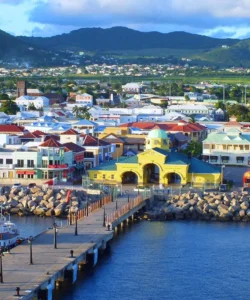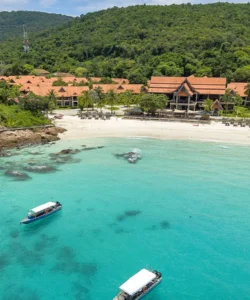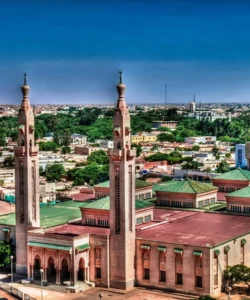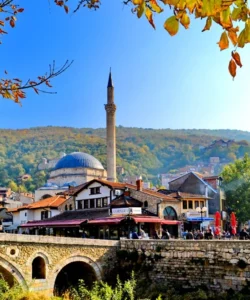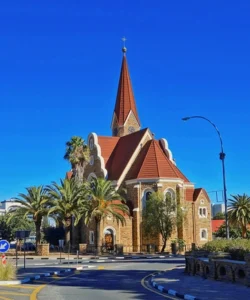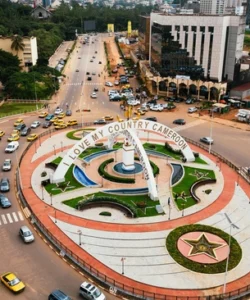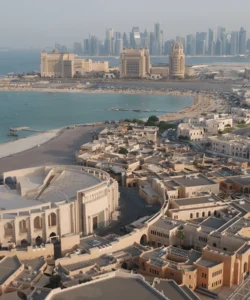Phu Quoc Island (Đảo Phú Quốc) is Vietnam’s largest island, located in the Gulf of Thailand, off the coast of Kien Giang Province. Often dubbed the “Pearl Island” (Đảo Ngọc), it has rapidly transformed from a relatively undeveloped island into a major international tourist destination, celebrated for its stunning white-sand beaches, lush national park, delicious seafood, and a burgeoning array of luxury resorts and entertainment complexes.
![]()
Name: Phu Quoc Island (Đảo Phú Quốc)
Address: Phu Quoc District, Kien Giang Province, Vietnam.
How to get there:
Phu Quoc Island is highly accessible, primarily by air, due to its island nature:
- By Air: This is the most popular and convenient method.
- Phu Quoc International Airport (PQC): Receives frequent direct flights from major Vietnamese cities like Ho Chi Minh City (approx. 1 hour), Hanoi (approx. 2 hours), and Da Nang (approx. 1.5 hours).
- Increasingly, there are direct international flights from cities like Bangkok, Singapore, Kuala Lumpur, and various cities in South Korea, making it directly accessible for international travelers.
- By Ferry/Speedboat: For a more scenic or budget-friendly option, or if traveling with a motorbike:
- Ferries and speedboats connect Phu Quoc to mainland ports like Ha Tien (approx. 1.5 hours) and Rach Gia (approx. 2.5 hours) in Kien Giang Province.
- You can take a bus from Ho Chi Minh City to either Ha Tien or Rach Gia, then transfer to a ferry.
Landscape and Architecture:
Phu Quoc’s landscape is a diverse mix of pristine natural beauty, particularly coastal, and rapidly developing modern tourism infrastructure:
- White Sand Beaches: The island is famous for its long stretches of beautiful, soft white-sand beaches, often fringed with palm trees and clear turquoise waters. Notable beaches include Long Beach (Bãi Trường) on the west coast (famous for sunsets and lined with resorts), Sao Beach (Bãi Sao) on the southeast (known for its powdery white sand), and more secluded spots like Ong Lang Beach and Ganh Dau Beach.
- Phu Quoc National Park: Covering a significant portion of the northern part of the island, this national park is a UNESCO Biosphere Reserve. It features lush primeval forests, mountains (like Mount Chua, the island’s highest point), diverse flora and fauna, and some waterfalls (e.g., Suoi Tranh Waterfall).
- Coral Reefs: The waters around Phu Quoc boast vibrant coral reefs, making it a popular spot for snorkeling and diving. The southern islands (An Thoi archipelago) are particularly rich in marine life.
- Pepper Plantations: The island is known for its high-quality black pepper, and vast pepper plantations are a common sight, contributing to the agricultural landscape.
- Fish Sauce Factories: Phu Quoc is famous for its traditional fish sauce (nước mắm), and some factories offer tours, showcasing the unique architecture of their large wooden vats.
- Modern Resort Architecture: The island has seen a massive boom in tourism development, leading to a proliferation of luxury resorts, hotels, and villas. These range from international hotel brands with contemporary designs to more eco-friendly, nature-embracing bungalows. The JW Marriott Phu Quoc Emerald Bay Resort, designed by Bill Bensley, is particularly famous for its whimsical, university-themed architecture.
- Entertainment Complexes: Large-scale entertainment complexes like VinWonders Phu Quoc (a theme park) and Vinpearl Safari Phu Quoc (a semi-wildlife park) feature modern, purpose-built architecture for leisure and entertainment.
- Kiss Bridge: A newly iconic architectural landmark in the south, the “Kiss Bridge” is a striking, non-touching pedestrian bridge symbolizing a romantic embrace, designed to align perfectly with the sunset, developed by Sun Group.
- Longest Sea Cable Car: The Hon Thom Cable Car, connecting Phu Quoc to the smaller Hon Thom Island, is the world’s longest non-stop three-rope cable car (almost 7.9 km). Its modern stations and the cable car towers themselves are significant architectural elements, offering incredible panoramic views.
- Dinh Cau Temple: A small, picturesque temple built on a rocky promontory near Duong Dong town, a traditional landmark and popular spot for sunset viewing.
What makes it famous:
Phu Quoc Island is famous for:
- Stunning Beaches: Its numerous, beautiful white-sand beaches and clear waters are its primary draw, attracting beach lovers and sun-seekers. Sao Beach is often cited as one of the most beautiful beaches in the world.
- Rapid Tourism Development: Its meteoric rise as a major tourist destination, marked by significant investment in luxury resorts and entertainment facilities, has put it on the global tourism map.
- Visa-Free Entry: As Vietnam’s only destination offering 30-day visa-free entry for foreigners, it significantly boosts its international appeal.
- Unique Local Products: Renowned for its high-quality fish sauce (often considered the best in Vietnam), aromatic black pepper, and pearl farming. Visitors can tour factories and farms for these specialties.
- “Roof of Indochina” Cable Car (Incorrect attribution, that’s Fansipan in Sapa): Correction: The “Roof of Indochina” is Fansipan Peak near Sapa. Phu Quoc has the “World’s Longest Sea Cable Car.” Phu Quoc is home to the World’s Longest Sea Cable Car (Hon Thom Cable Car), offering spectacular aerial views.
- Diverse Activities: Offers a wide range of activities from relaxation on beaches to snorkeling, diving, island hopping, trekking in the national park, and exploring entertainment complexes.
- Sunset Views: Famous for its breathtaking sunsets, particularly from Long Beach and Dinh Cau Rock.
Differences from some other wonders:
Phu Quoc Island distinguishes itself from other islands and wonders in several key ways:
- Rapid, Large-Scale Resortification: While other islands develop tourism, Phu Quoc’s accelerated and extensive development of large-scale luxury resorts and entertainment complexes (like Vinpearl and Sun Group’s ventures) in a relatively short period is particularly striking. This makes it a prime example of rapid, high-end tourism growth in Southeast Asia.
- Visa-Free Status: Its unique status as a visa-free destination for most nationalities within Vietnam (for up to 30 days) is a significant policy differentiator that directly impacts its international tourist numbers and sets it apart from other Vietnamese destinations that require visas.
- World’s Longest Sea Cable Car: The Hon Thom Cable Car is a specific and record-breaking engineering marvel that offers a unique attraction found nowhere else in the world, providing an exceptional aerial perspective of an island archipelago.
- Concentration of Specific Local Products: Its global fame for fish sauce, black pepper, and pearls provides a unique economic and cultural identity tied to specific agricultural and marine industries, allowing for distinct “agri-tourism” experiences.
- Combination of Pristine Nature and Mega-Resorts: It offers a fascinating, sometimes contrasting, blend of relatively untouched national park wilderness and traditional villages with vast, modern, and often architecturally ambitious resort and theme park complexes. This dual identity makes it unique from islands that are either purely natural or completely urbanized.
- Proximity to Cambodia: Its geographic location in the Gulf of Thailand, very close to Cambodia, gives it a unique geopolitical position, though direct transport links remain limited.
In essence, Phu Quoc Island is a dynamic and rapidly evolving wonder, a tropical paradise that blends stunning natural beauty with ambitious modern development, offering a diverse array of experiences and a unique visa-free gateway to Vietnam.


